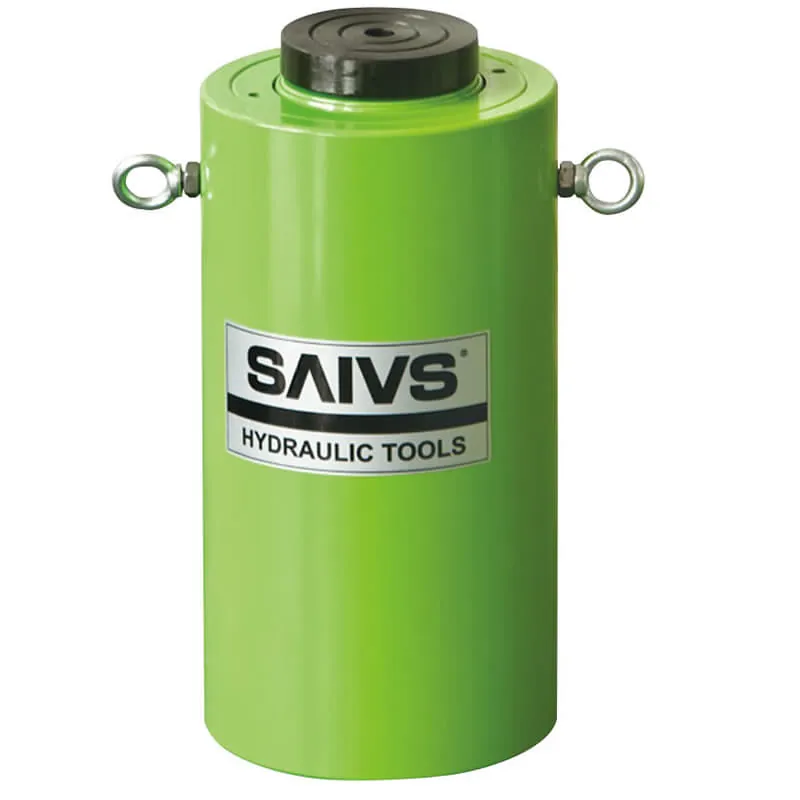Checking Hydraulic Cylinder Components After Disassembly
The appearance of parts
(1) The inner surface of the cylinder
(2) The sliding surface of the piston rod
(3) sealing
(4) The inner surface of the piston rod guide sleeve
(5) The surface of the piston
Disassembling a Hydraulic Cylinder: Step-by-Step Guide
Disassembling a hydraulic cylinder requires careful attention to ensure a smooth and damage-free process.
Here is a step-by-step guide to help you disassemble a hydraulic cylinder effectively:
Step 1: Position the Piston
First, move the piston to the top position suitable for disassembly by applying Hydraulic Pressure.
This will facilitate easier access to the cylinder components.
Step 2: Stop Hydraulic Device Movement
Ensure that the hydraulic device is stopped and the pressure is relieved
before proceeding with the disassembly. This is crucial for safety purposes.
Step 3: Mark the Main Parts
Before disassembling the hydraulic cylinder, it is essential to mark the characteristics
and installation orientation of the main parts, such as the cylinder, piston, and guide sleeve.
This will aid in analyzing the force of the cylinder and help identify any faults or damages.
Step 4: Remove Inlet and Outlet Pipes
To remove the hydraulic cylinder from the drilling machine workbench,
start by disconnecting the pipes of the inlet and outlet ports.
Then, proceed to loosen all the connectors and mounting bolts at the end of the piston rod.
Take caution to avoid damaging the thread on the top of the piston rod,
the thread of the oil port, and the surface of the piston rod during disassembly.
Step 5: Disassemble in Sequence
The disassembly sequence may vary slightly depending on the structure and size of the hydraulic cylinder.
Generally, it is recommended to first loosen the fastening bolts or connecting rods of the end cover.
Then, proceed to disassemble the end cover, piston rod, piston, and cylinder in sequence.
When removing the piston and piston rod, be careful not to force them out
of the cylinder to prevent damage to the cylinder's surface.
Inspecting and Maintaining Hydraulic Cylinder Components
Proper inspection and maintenance of hydraulic cylinder components are
crucial for ensuring optimal Performance and preventing oil leakage.
Here are guidelines for assessing common components and determining appropriate actions:
1. Inner Surface of the Cylinder:
Shallow linear friction or point scars on the inner surface of the cylinder are acceptable.
However, deep longitudinal scratches may cause oil leakage even with a new piston seal.
In such cases, the inner hole must be ground or corrected using fine sandpaper or an oil stone.
If the longitudinal strain is too deep to correct, the cylinder should be replaced.
2. Sliding Surface of the Piston Rod:
If longitudinal strain occurs on the sliding surface of the piston rod, similar actions to those
for the inner surface of the cylinder should be taken. If the hard chrome plating on the sliding
surface is partially peeled off, causing vertical scars, it can significantly impact piston rod seal performance.
In this case, the original coating must be removed, re-chrome-plated, and polished
with a chrome plating thickness of approximately 0.005mm.
3. Sealing:
Piston seals are vital in preventing oil leakage within hydraulic cylinders.
When inspecting seals, check for any damage to the lip or wear on the seal's friction surface.
If the lip is slightly scratched or the friction surface is minimally worn,
it is advisable to replace the seal with a new one.
4. Inner Surface of the Piston Rod Guide Sleeve:
Scratches on the inner surface of the guide sleeve generally do not affect functionality.
However, if uneven wear exceeds a depth of 0.2-0.3mm, it is recommended to replace the guide sleeve with a new one.
5. Piston Surface:
Minor surface scratches on the piston do not typically impact performance.
However, if the depth of a scar reaches 0.2-0.3mm, the piston should be replaced.
It is also important to check for cracks caused by end-face collision or internal pressure.
Cracked pistons must be replaced due to the potential for internal oil leakage.
Additionally, inspect the sealing groove for any damage.
If you still have questions about hydraulic cylinders, please contact SAIVS!
Why Choose SAIVS™ as Your Supplier?
With 20 years of industry experience, SAIVS is a leading Chinese manufacturer of high-quality tools, offering competitive pricing and excellent customer service.We pride ourselves on exceptional quality control, extensive experience, and comprehensive after-sales service.
